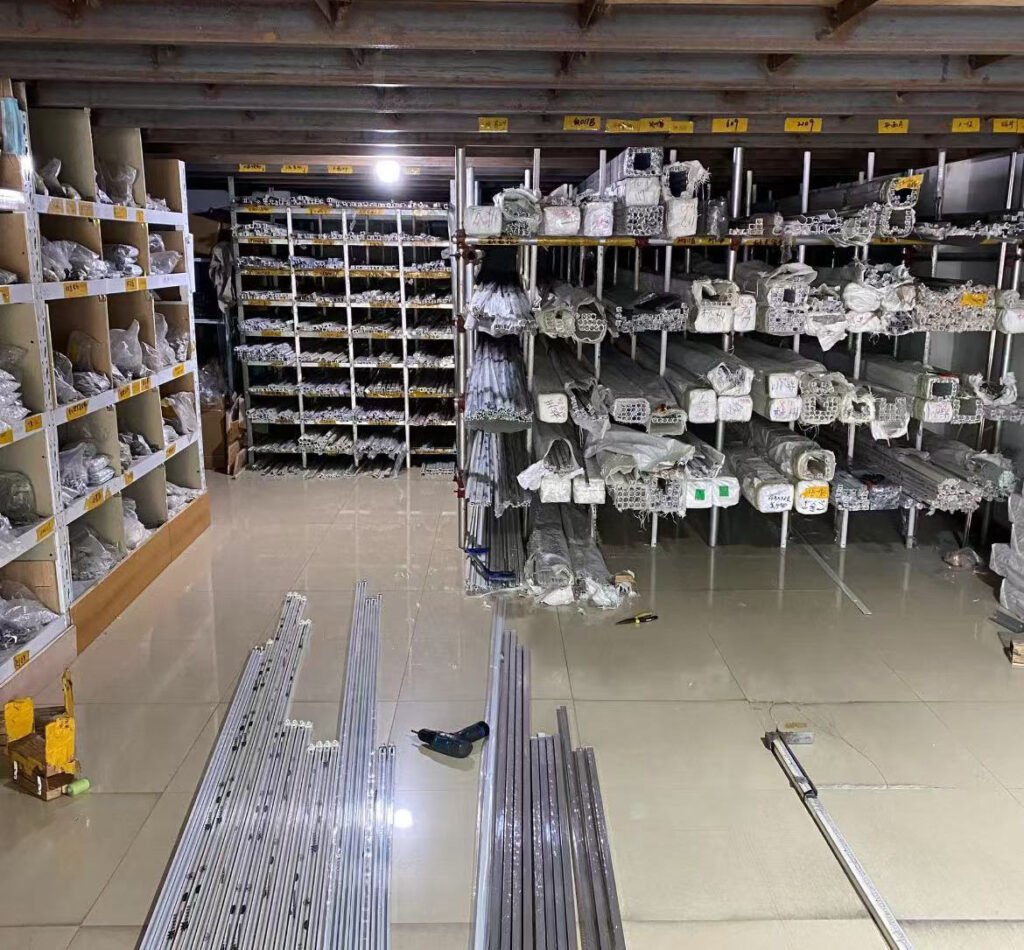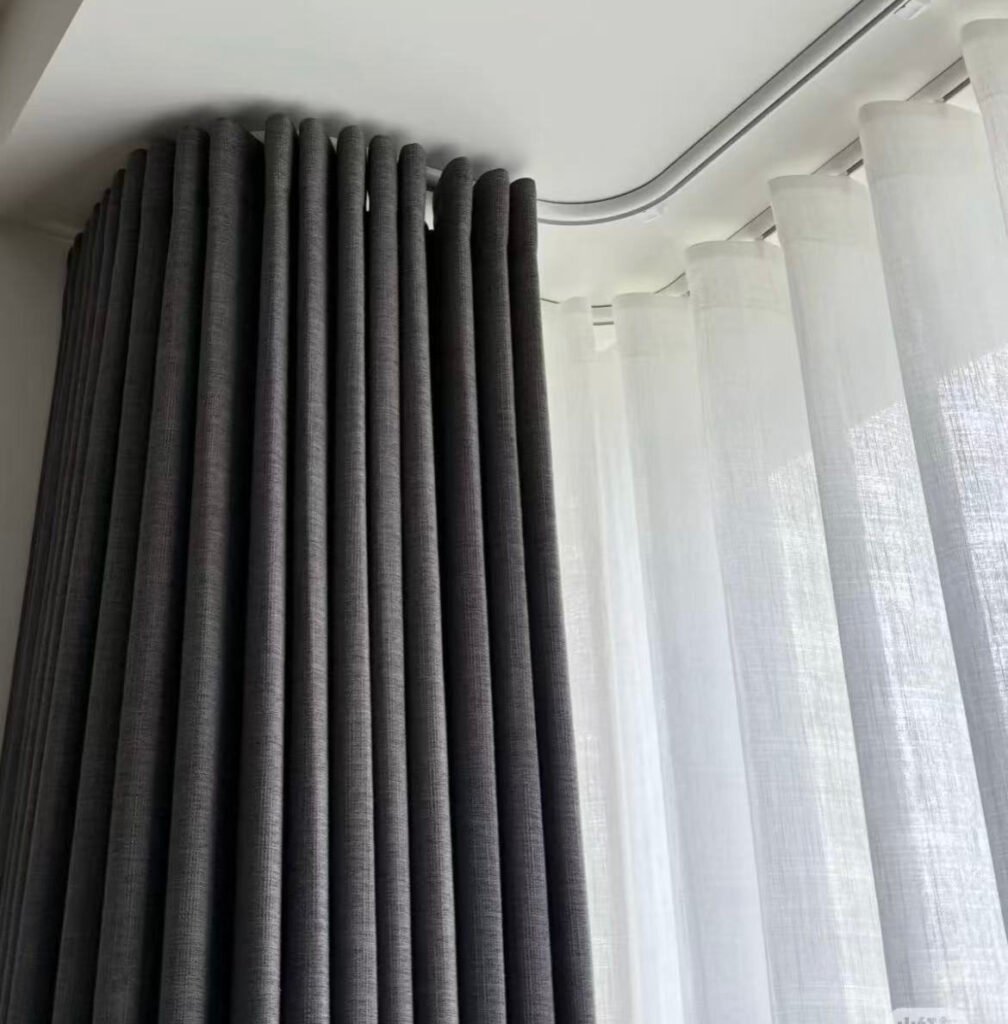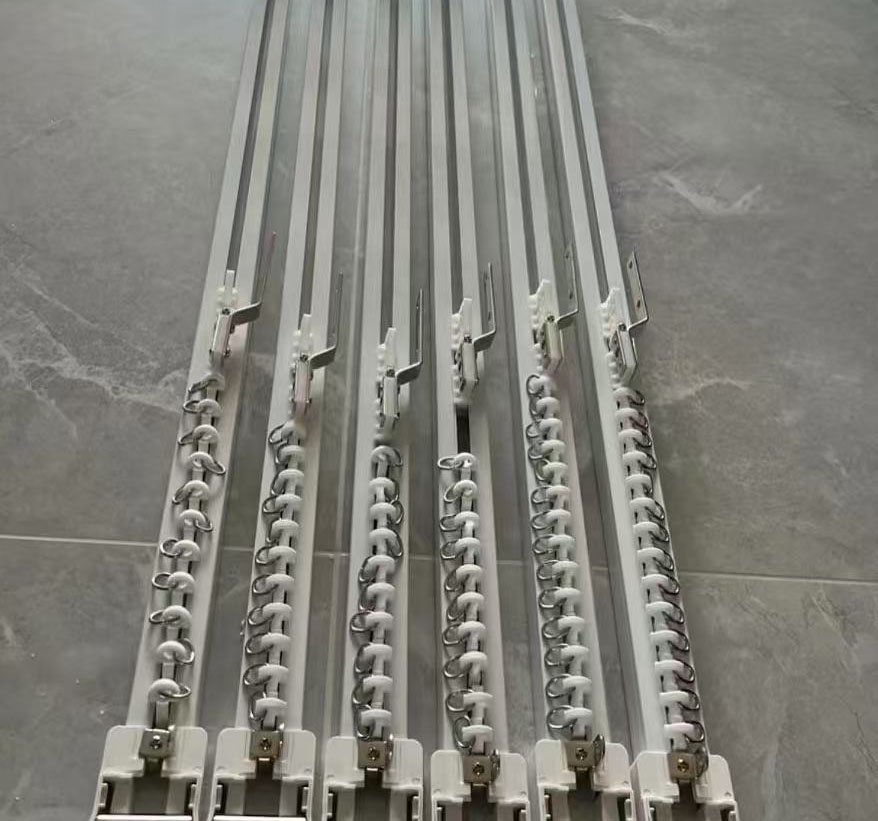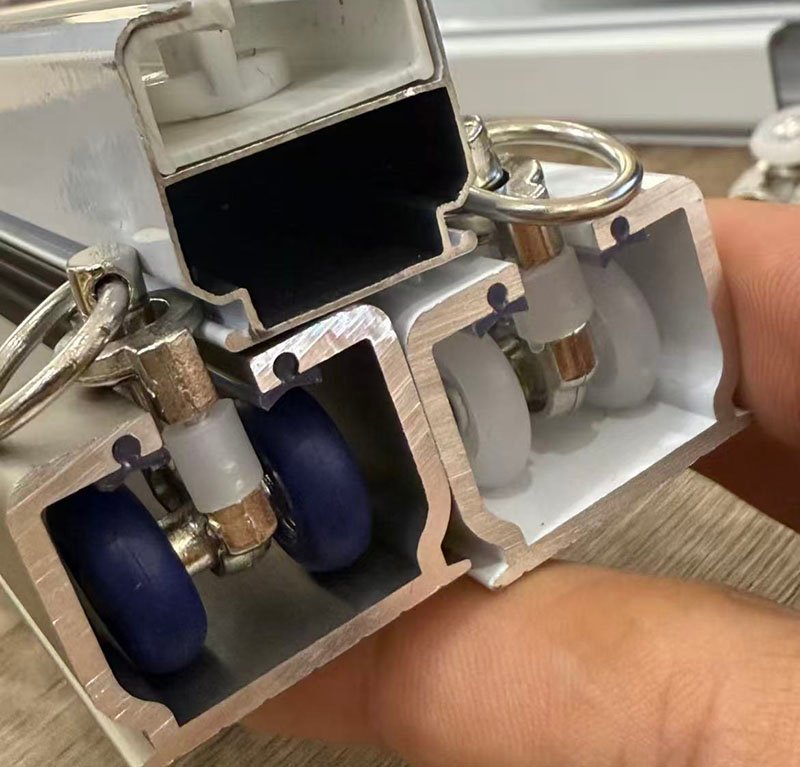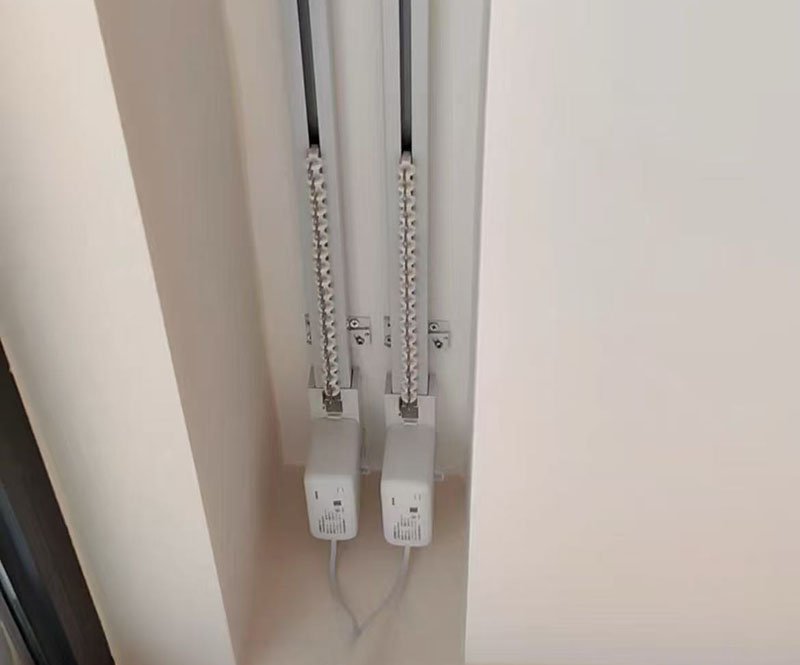How to Evaluate a Curtain Track Manufacturer Before Ordering?

Choosing a new curtain track manufacturer feels like a gamble. A bad partnership can lead to poor quality goods, delayed projects, and unhappy clients. Let's make sure you pick a winner.
To evaluate a manufacturer, you must scrutinize their material quality, inspect product samples for finish and durability, verify their design expertise for your specific market, and assess their commitment to innovation and responsive customer support. This ensures a reliable, long-term partnership.
I've built my company from the ground up, starting on the factory floor. This experience taught me that the difference between a good product and a great one lies in the details a manufacturer obsesses over. A true partner doesn't just sell you a product; they invest in your success. I've guided my long-term partner, Matt, a Purchasing Manager in the US, through this evaluation process many times. Let’s break down the essential questions you need to ask to find a manufacturer you can trust.
Which material is commonly used for the manufacturing of curtain tracks?
Choosing a product with the wrong material can lead to rust, bending, and premature failure. This damages your reputation and results in expensive replacements. Let's specify the industry standard.
Aluminum is the most widely used material for curtain tracks. Its excellent strength-to-weight ratio, natural corrosion resistance, and versatility make it ideal for the vast majority of residential and commercial applications. Steel is used less often, typically for industrial or extremely heavy loads.
In my years of manufacturing, I've worked extensively with both materials. Aluminum is the undisputed king for curtain tracks. Through a process called extrusion, we can shape it into complex profiles that are incredibly strong yet remain lightweight. This makes installation easier and more efficient. The best part is aluminum’s natural ability to resist rust. It forms a protective oxide layer when exposed to air, making it perfect for any environment, including humid bathrooms or coastal properties.
Steel tracks are strong, but they are a niche product. I only recommend them for extreme situations, like supporting massive, heavy theater curtains that span a wide stage. Their primary weakness is a susceptibility to rust. They rely completely on a protective coating, and if that coating is scratched, rust will form, eventually weakening the track and staining the curtains. For about 99% of projects, aluminum is the smarter, more reliable choice.
How can you tell the quality of curtain track materials?
From a distance, all curtain tracks look the same. But a low-quality track will quickly sag and its gliders will snag, leading to customer complaints and hurting your brand.
You can judge material quality by examining the track's finish, profile thickness, and the smoothness of its gliders. A high-quality track has a uniform powder coating, consistent wall thickness, and gliders that move silently and effortlessly within the channel. Always request samples.
You have to get hands-on with the product. When I send samples to a potential partner like Matt, I know he’s looking for specific signs of quality craftsmanship. First, inspect the finish. A good powder coating should be perfectly smooth and even, with no bumps, drips, or thin spots. This coating is the track’s first line of defense against scratches.
Next, examine the track profile itself. Look at a cross-section. The wall thickness should be uniform and substantial. Flimsy, thin-walled tracks will bend under the weight of heavy drapes. Finally, test the gliders. Slide them back and forth in the track channel. They should move silently and with zero friction. Quality gliders, often made with silicone-injected wheels, and a perfectly smooth inner channel are the hallmarks of a superior system. These details separate a track that will last for years from one that will cause problems within months.
Which curtain track designs work best for hotels, homes, or offices?
Using a one-size-fits-all track is a mistake. A track designed for a home will fail in a high-traffic hotel, and an industrial track will look out of place in an office.
For hotels, use dual-channel ceiling tracks for sheer and blackout layers. For homes, sleek, single tracks or decorative rods are popular. For offices, minimalist, low-profile ceiling tracks that blend in and can also function as room dividers are the most effective choice.
The first question I ask any buyer is, "Where will this be installed?" The environment dictates the design. My insights come from manufacturing tracks for every possible application.
Tracks for Hotels
Hotels need durability and function. I always recommend a heavy-duty, dual-channel aluminum ceiling track. This allows for a layer of sheer curtains for daytime privacy and a layer of blackout curtains for sleep—a critical feature for guest satisfaction. For manual operation, a wand control is essential to prevent guests from damaging the curtains by pulling on them.
Tracks for Homes
In a residential setting, aesthetics are more important. Homeowners often prefer slim, minimalist tracks that disappear into the ceiling for a modern look. Decorative track-rod hybrids are also popular, combining the superior function of a track system with the classic look of a curtain rod. Custom bending for bay windows is also a frequent request.
Tracks for Offices
Offices require professional, unobtrusive solutions. A simple, low-profile ceiling track is ideal. It blends seamlessly with the ceiling tiles and provides a clean, corporate look. These tracks are also frequently used to create flexible meeting spaces or divide larger open-plan areas, offering versatility as the company's needs change.
What are the latest trends in curtain tracks?
Sticking with outdated products means you're missing out on sales. Competitors are offering quieter, smarter, and more stylish solutions. Keep up or you'll be left behind.
The latest trends are focused on motorization, integration with smart home systems, and minimalist aesthetics. Ultra-quiet motors, battery-powered options that eliminate wiring, and slim, recessed tracks that sit flush with the ceiling are becoming the new standard for high-end projects.
The industry is moving fast, and as a manufacturer, I have to stay ahead. The biggest trend by far is motorization and smart integration. Clients now expect to control their curtains with a remote, a smartphone app, or even voice commands through systems like Alexa or Google Home. We've invested heavily in developing quiet, reliable motors to meet this demand. A new development is battery-powered motors, which are a game-changer for retrofitting because they don't require an electrician to run new wiring.
On the design side, the trend is "less is more." Architects and designers want hardware that disappears. This has led to the popularity of recessed tracks. These tracks are installed within a channel in the ceiling, so the track itself is completely hidden from view. All you see is the curtain, appearing to float just below the ceiling line. It creates an incredibly clean, high-end architectural look that is in high demand for luxury homes and modern commercial spaces.
Conclusion
Evaluating a manufacturer means looking beyond price. By assessing their materials, quality, design expertise, and innovation, you can find a true partner who will help your business grow and succeed.
